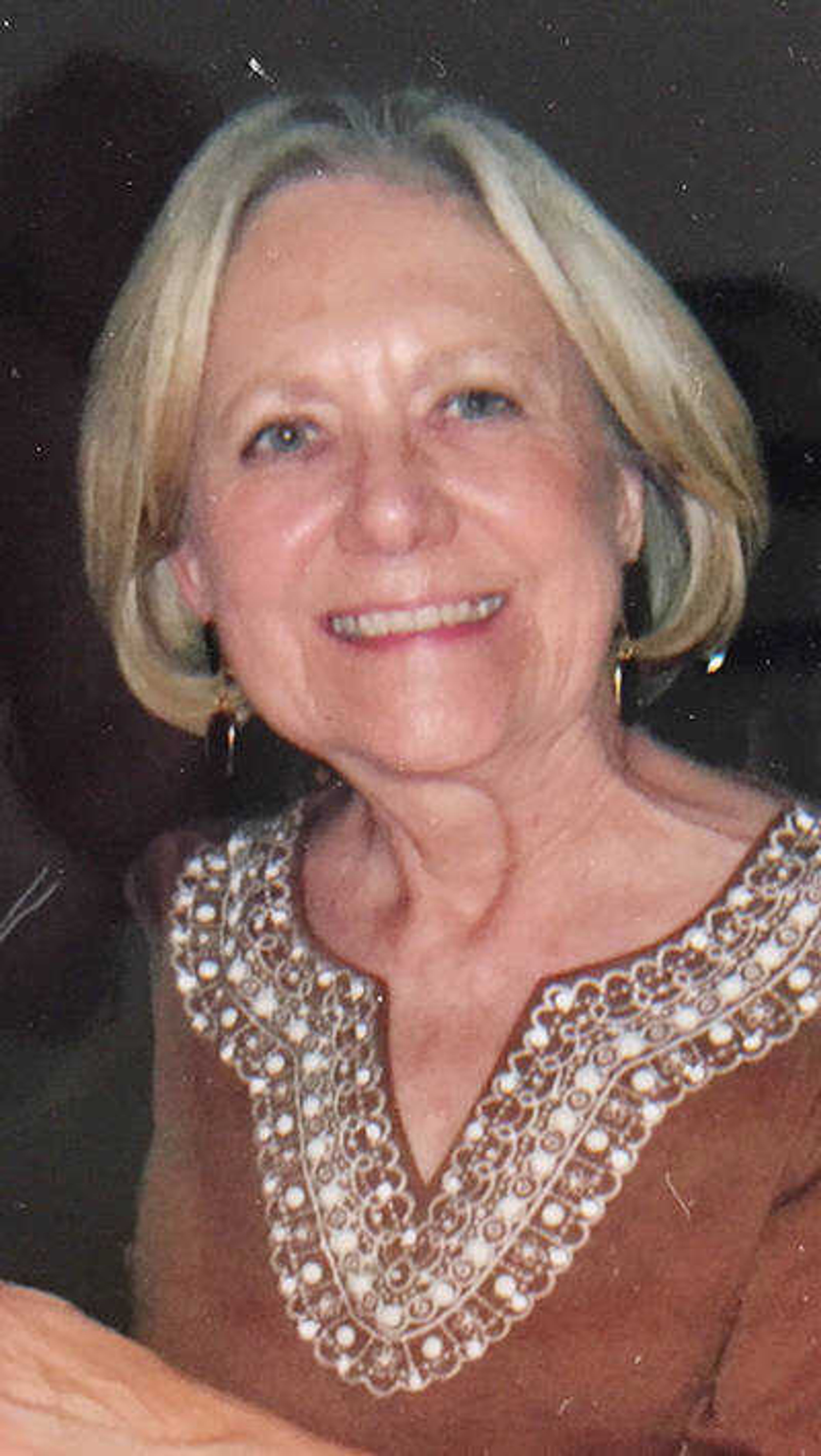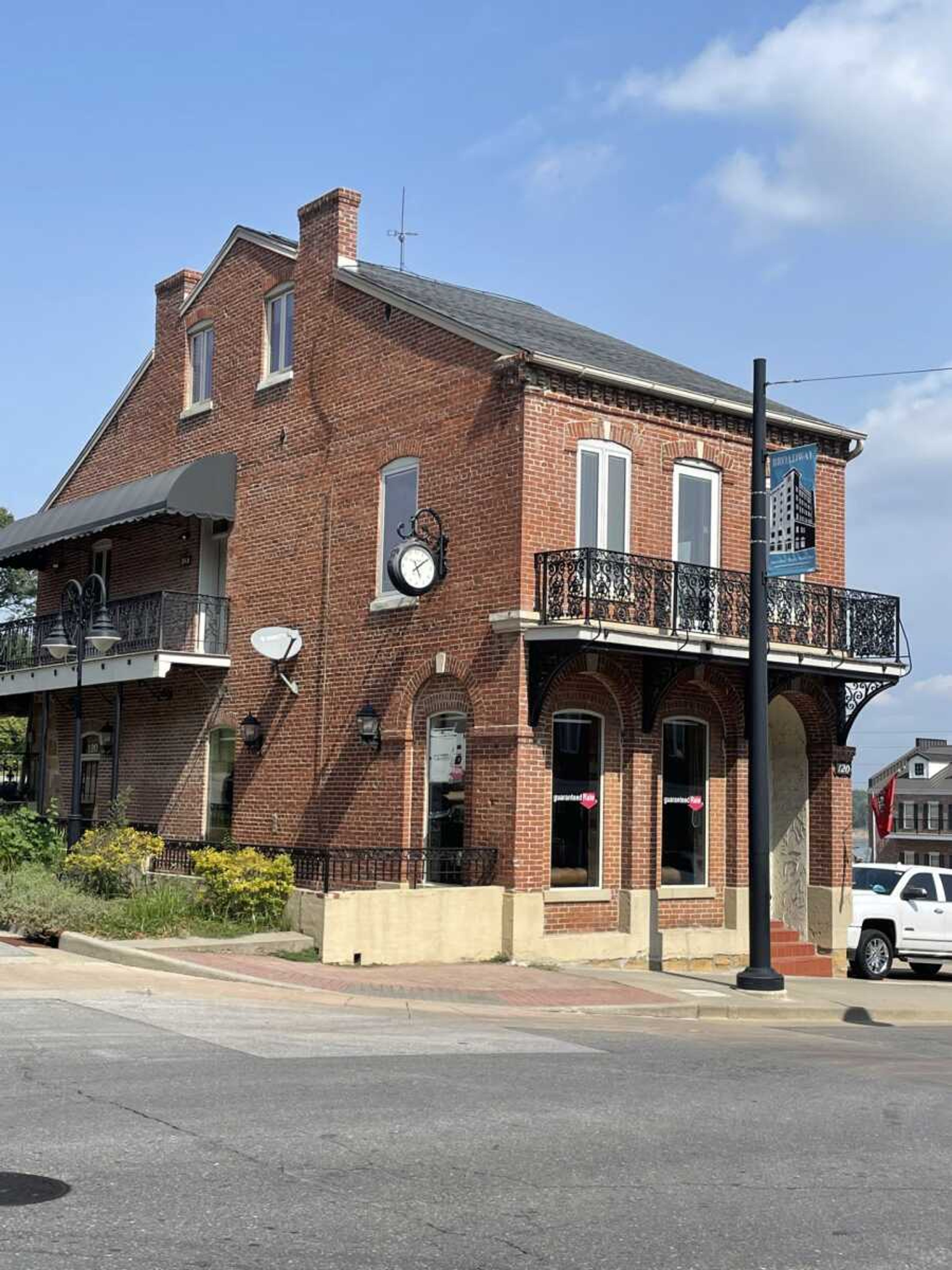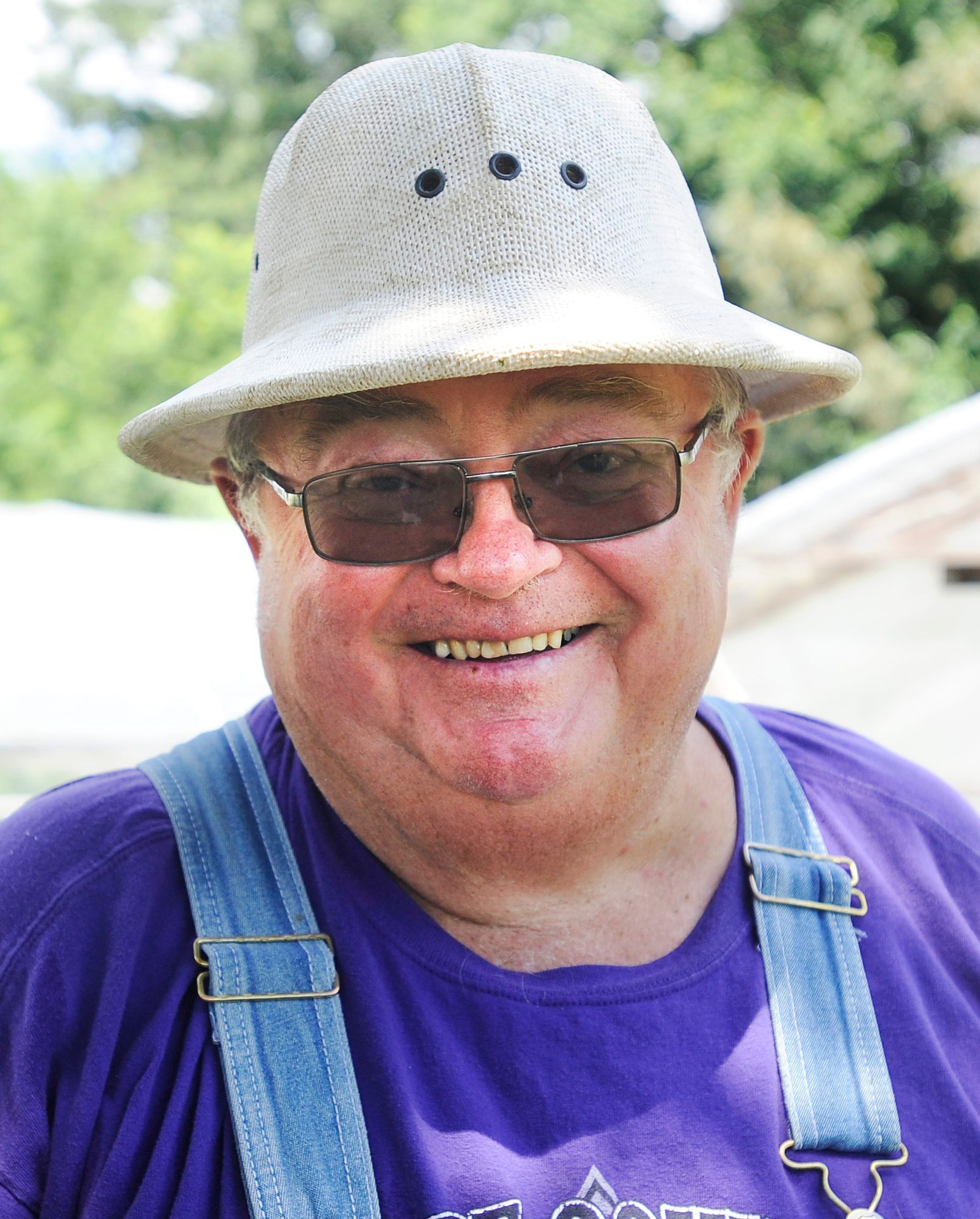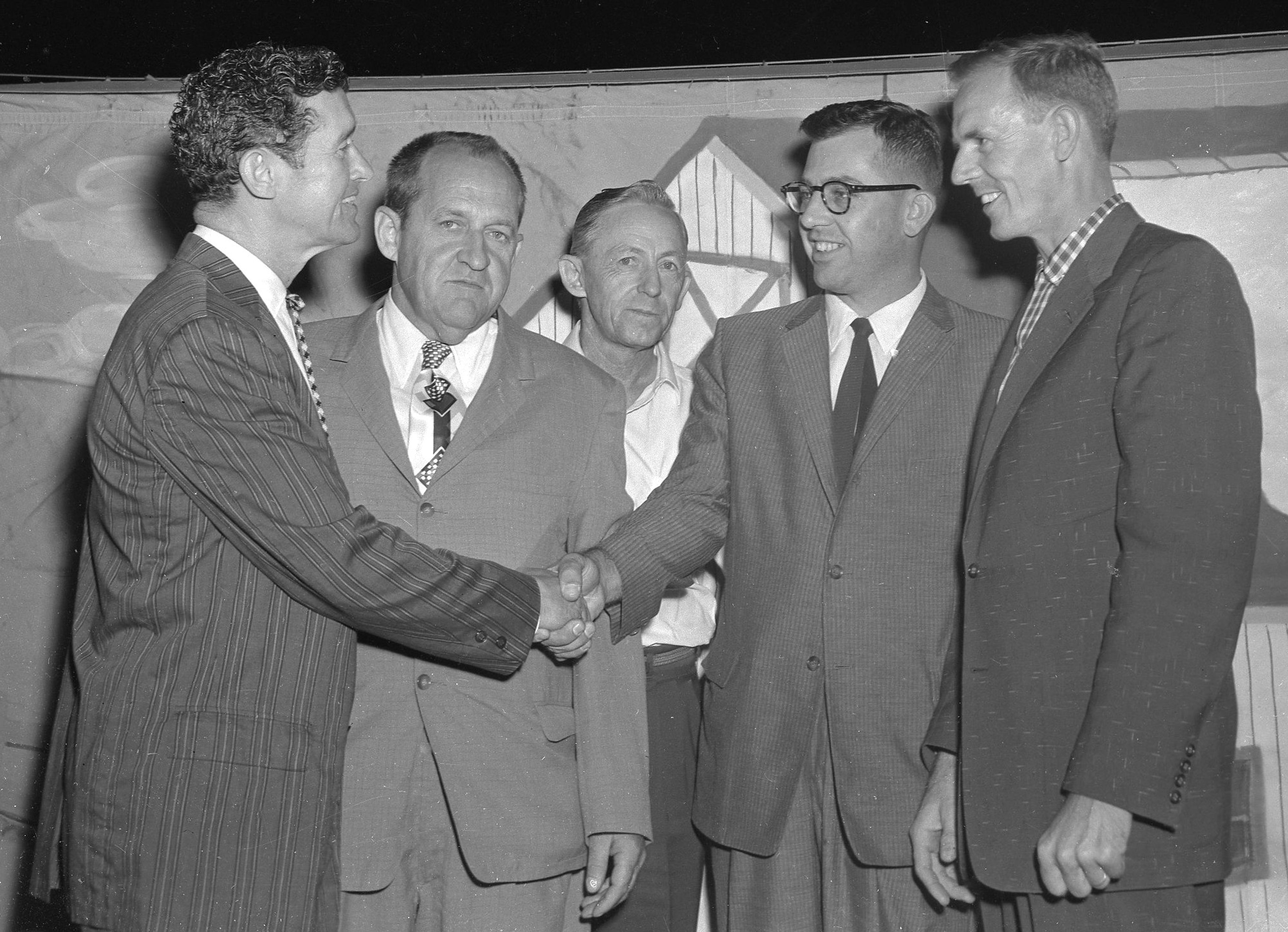As a sentinel watching over its subjects, the Kage House at 120 Broadway proudly overlooks Spanish Street and old Harmony Street, renamed Broadway around 1900. Most of its residential neighbors are long gone; fortunately it has lovingly been preserved.
Adorned with lacy grill work that reflects 18th century New Orleans architecture, it stands straight and beautiful. Eight-foot doors, high ceilings and poplar beams reinforce the wise plan of the architect.
The lot goes back to Louis Lorimier's original grant. The home and property were purchased by Frederick Kage in 1880.
Kage School on the west edge of the city is another family namesake. Frederick Kage's parents, Christian and Amelia, came from Germany. When Fred was 6, they moved into town from the farm for their children's educational opportunities. Christian donated the land, after which he and Henry Kempe built the original Kage log school, replaced in 1880.
Frederick grew and prospered, serving the community in many capacities. Before the age of 20, he was deputy sheriff, followed by county sheriff and internal revenue collector. He later served as coroner, clerk of the common pleas court, mayor for three terms, city council member and president of the board of education for nine years.
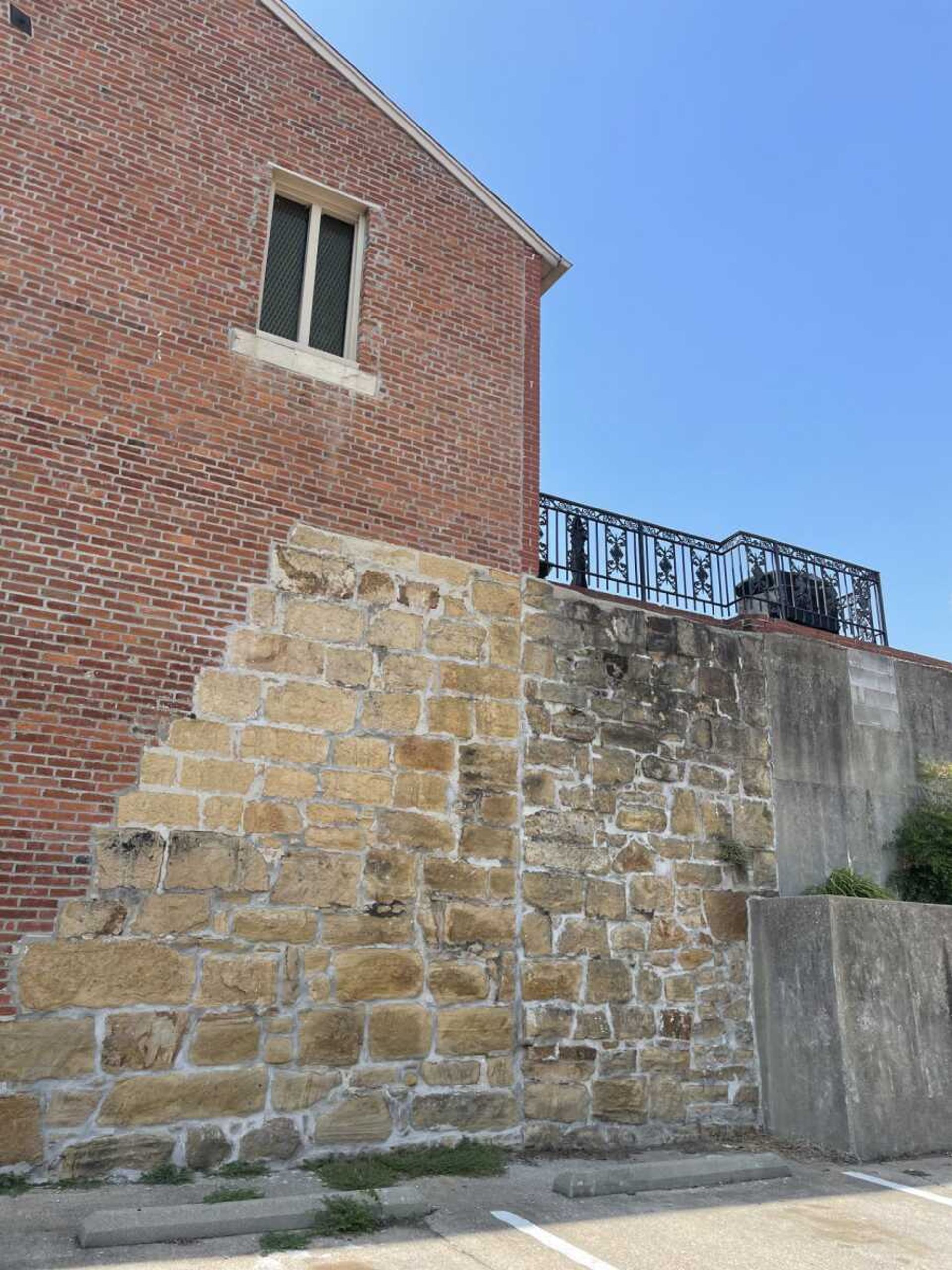
As a young lad during the Civil War, Frederick joined the 2nd Missouri Cavalry. He was given the dangerous assignment riding as a courier to Bloomfield on horseback. Later he was instrumental in searching for bushwhackers.
Kage married Barbara Fritz in 1867. They had one son who preceded him in death, followed by his wife. His second marriage was to Elizabeth McGarney. They were parents to sons, C.E., and C.D., and daughter, Elizabeth (Mrs. Roy Cunningham.).
The Star Livery Stables on Spanish Street provided Kage's livelihood from the 1870s. At one time, Kage had 50 teams of horses and buggies rented out to salesmen (drummers) traveling throughout Southeast Missouri.
During one afternoon in May 1883, a tragic fire raged through the Phoenix Foundry and set several houses and the Kage Stables ablaze. Kage rebuilt the stables larger and operated a successful business for 30 years.
Through his occupational love of horses, Frederick was president of the Anti-Thief Horses Association for 41 years.
Frederick was a popular citizen who didn't know a stranger. It was said that in nice weather, Frederick could often be found sitting on the front porch of his office, close to Broadway, greeting passersby.
Kage's obituary of Dec. 2, 1930, contained his life story with a bit of humor. Kage wore knee-high leather boots all his life as he disliked shoes. He was a well-respected citizen who loved Cape Girardeau and saw it grow from steamboats to automobiles.
Following a stroke, which kept him bedfast for two years, Kage was cared for by his daughter. The Rev. C.H. Morton of First Presbyterian Church took care of his funeral service. The Knights Templar of his beloved Masonic order of 60 years, St. Mark's Lodge, escorted the past High Priest's casket to its final resting place.
